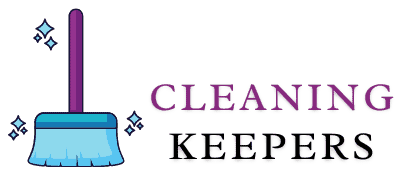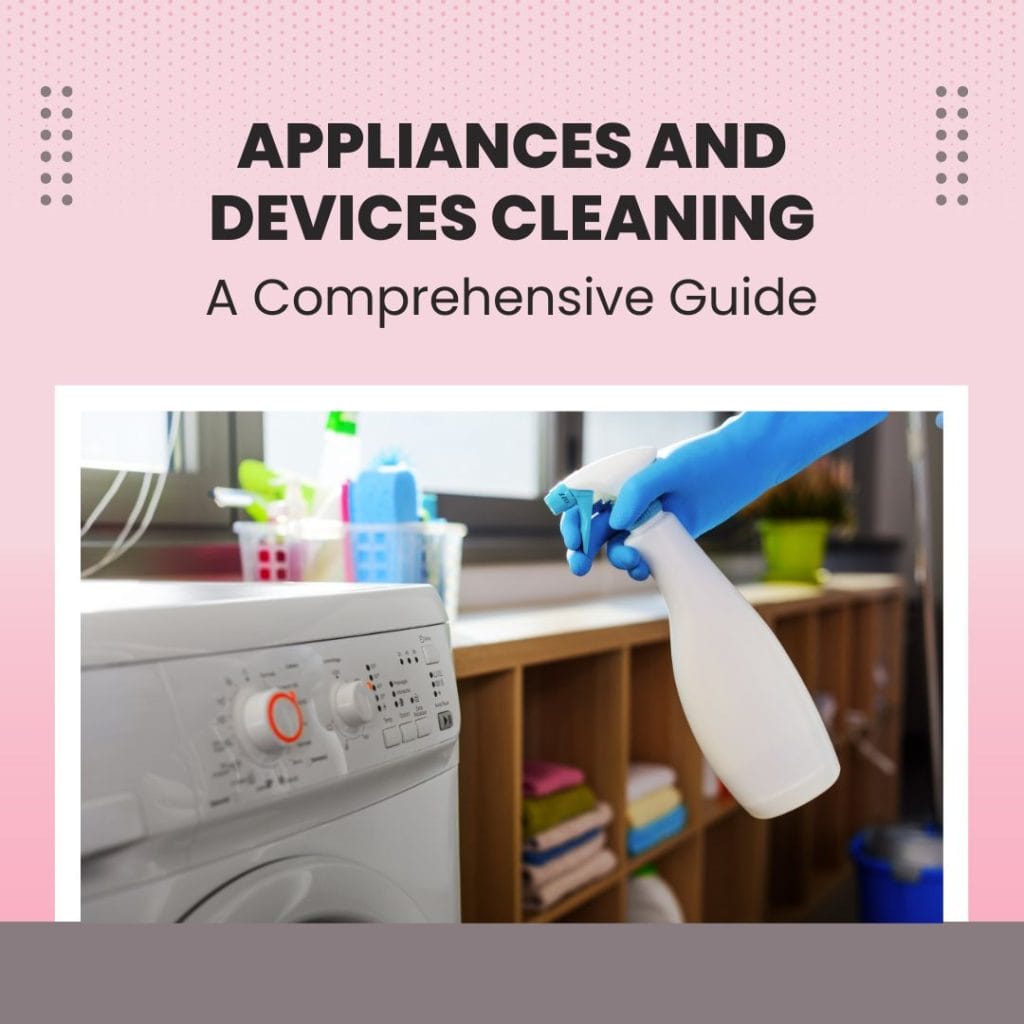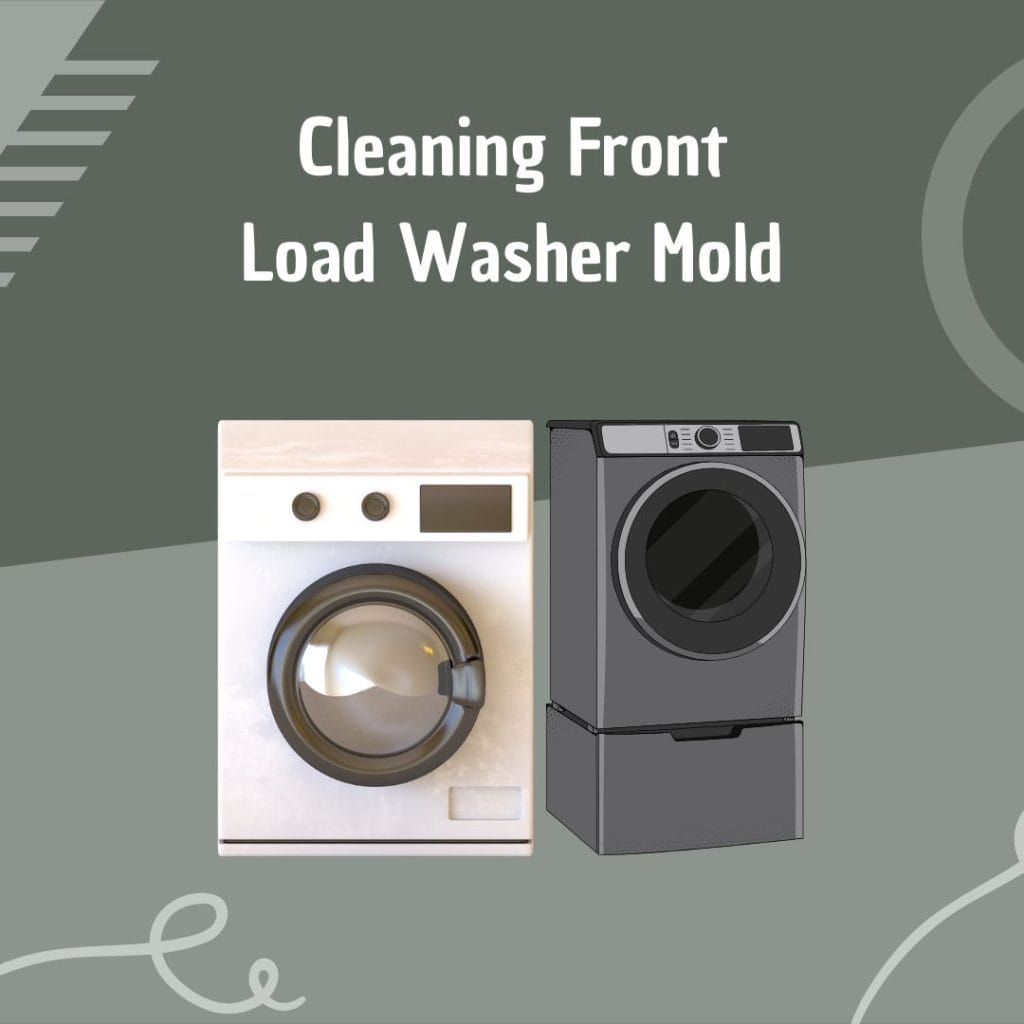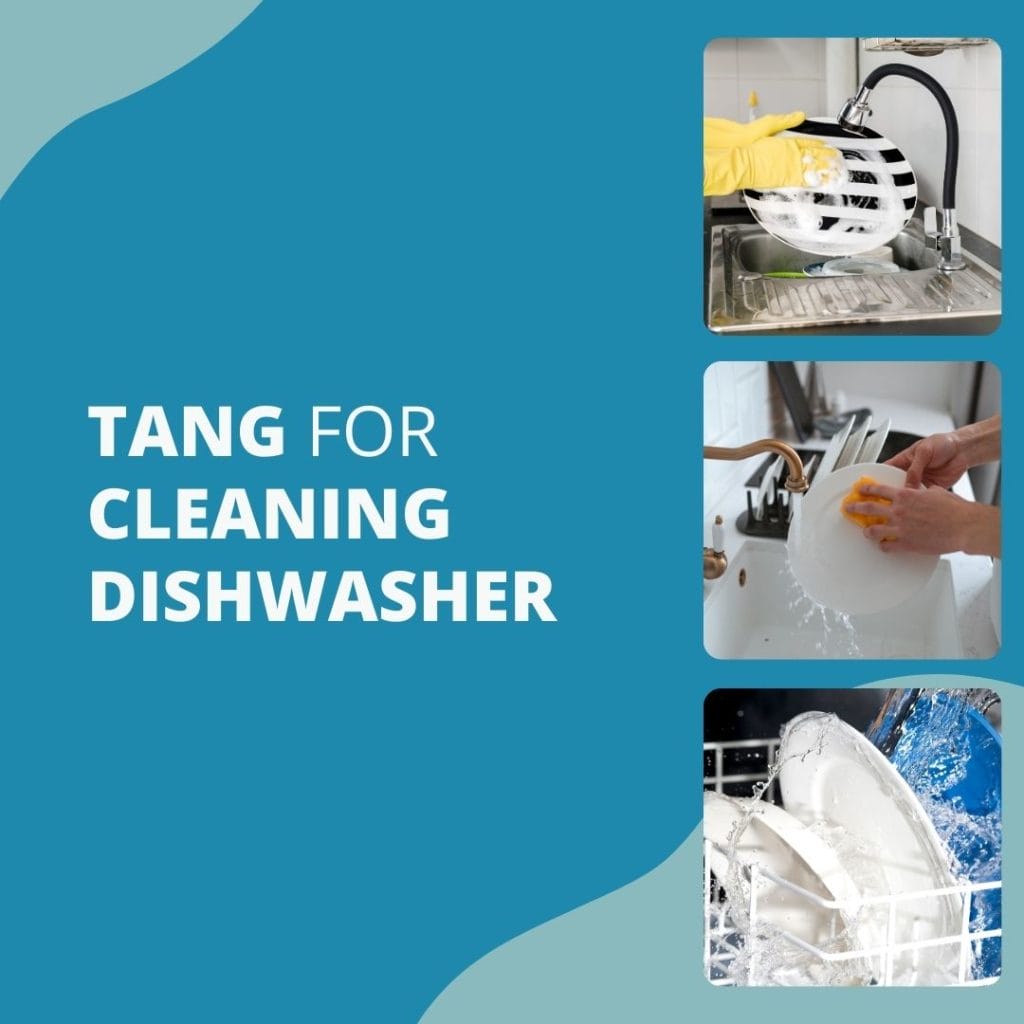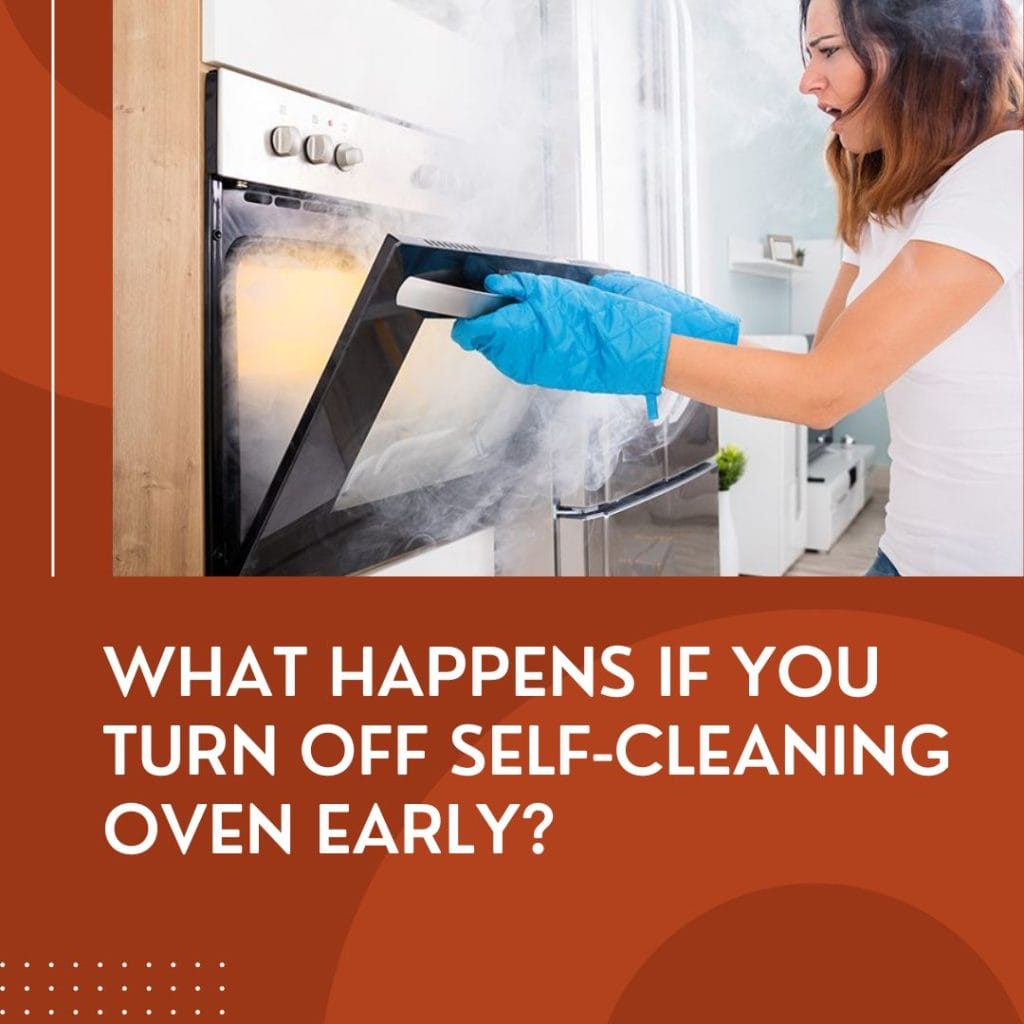Maintaining your home appliances is crucial for a clean and functional living space. Essential appliances, like refrigerators and washing machines, are key to our everyday routines. Regular cleaning and maintenance of these appliances not only boosts their performance but also prolongs their lifespan, leading to long-term cost savings. In our guide, we’ll cover effective strategies for appliance care, aiming to enhance your home’s efficiency and health.
Why Cleaning Appliances and Devices is Important?
Effective appliance maintenance encompasses more than cleaning—it includes regular check-ups and fine-tuning to guarantee smooth operation. Consistent maintenance is key in avoiding breakdowns and costly repairs. By following maintenance tips for appliances like refrigerators, stoves, and air conditioners, you can prevent common problems and ensure their longevity.
How Often Do Home Appliances and Devices Need Maintenance and Cleaning?
The frequency of cleaning and maintaining your home appliances and devices varies depending on the type and usage of each appliance. Here’s a general guideline:
- Refrigerator: Clean every 3-6 months. Vacuum the coils to maintain energy efficiency and wash the interior with a baking soda solution to remove odors.
- Oven and Stove: Clean monthly or as needed. Deep clean more frequently if you use it often.
- Dishwasher: Clean the filter and check for debris monthly. Deep clean every 6 months. Discover a unique cleaning method with the Tang Dishwasher Cleaning Hack.
- Washing Machine: Clean monthly. Wipe down the drum, gasket, and dispensers to prevent mold and mildew.
- Dryer: Clean the lint trap after each use. Vacuum lint from the vent every 6 months.
- Microwave: Clean as needed or at least once a week. Wipe the interior with a damp cloth to remove spills and splatters.
- Coffee Maker: Clean monthly or as directed by the manufacturer. Descale to remove mineral buildup.
- Air Conditioners: Change or clean filters monthly during peak usage. Service annually.
- Vacuum Cleaner: Empty the canister or change bags as needed. Check filters and clean or replace them every few months.
- Small Appliances (Toasters, Blenders, etc.): Clean after each use or as needed. Check for any mechanical issues periodically.
Regular maintenance not only keeps your appliances in good working condition but also extends their lifespan and can save you from costly repairs or replacements in the long run. Always refer to the manufacturer’s guidelines for specific maintenance recommendations for each appliance.
For manual cleaning tips, consider Correct Steps for Cleaning & Sanitizing Utensils by Hand.
Monthly Washing Machine Cleaning
Cleaning your washing machine monthly is crucial, particularly if you often use eco or cold cycles, as these can lead to bacteria and mold accumulation. A clean washing machine is essential for fresh-feeling and smelling clothes. This practice not only enhances efficiency but also extends the appliance’s lifespan.
For more detailed maintenance tips, learn How to Clean Your Washing Machine.
For specialized item care, explore Essential Makeup Brush Cleaning.
Deep Cleaning Steps
- Detergent Drawer: Remove and wash the detergent drawer in hot, soapy water, focusing on the fabric conditioner area. Let it air dry before reinserting.
- Drain Filters: Inspect and clean the drain filters consistently.
- Door Seal: Wipe the drum’s seal with diluted bleach. Perform this every few washes to combat mold and bacteria. Ensure the seal is dry before the next load to avoid bleach contact with laundry.
- Hot Wash Cycle: Regularly run a hot wash (above 60°C) without any laundry or detergent.
- Specialized Cleaner: Use a dedicated washing machine cleaner, like Dr Beckmann Service-it Deep Clean, every three to six months for thorough maintenance.
Oven Cleaning Essentials
Regular oven cleaning is key to avoiding grime accumulation. Start by soaking the shelves in a sink filled with water and 250g of soda crystals, and don’t forget to wear washing-up gloves for protection. Explore Effective Oven Cleaning Methods for additional oven maintenance techniques.
Learn about oven maintenance risks with Understanding Risks of Self-Cleaning Oven Interruption.
Cleaning Steps for Ovens
- For stubborn like baked-on food, use a scrunched-up ball of tin foil for scrubbing.
- When a more specialized approach is needed use specialized cleaning kits.
- Always adhere to the provided instructions and ensure the area is well-ventilated during cleaning.
Oven Door Cleaning
- To clean the oven door, apply a paste of bicarbonate of soda and water onto the glass.
- Let it sit for 15-20 minutes, then gently wipe it off with a damp microfibre cloth for a sparkling finish.
Fridge Hygiene and Maintenance
Maintaining a clean and organized fridge is crucial for food hygiene and minimizing waste. Aim to deep clean your fridge every three to six months. Start by removing all the food, storing meats and dairy in a cool bag. For insights on other kitchen equipment, see How to Use a Three Compartment Sink.
Steps to a Clean and Organised Fridge
- Schedule Deep Cleans: Aim to deep clean your fridge every three to six months for optimal food hygiene and waste reduction.
- Remove Food: Start by emptying the fridge, placing meats and dairy in a cool bag.
- Shelf and Drawer Cleaning: Detach shelves and salad crisper drawers, cleaning them with washing-up liquid and hot water.
- Wipe Down: Use Milton Sterilising Fluid mixed with cold water to wipe down the fridge’s interior and exterior.
- Dry Thoroughly: Make sure everything is dry before reassembling the shelves and drawers.
- Monitor Temperature: If using a fridge thermometer, ensure the temperature drops to 5°C or below before putting the food back.
- Avoid Overloading: When restocking, be careful not to overload the fridge to maintain proper air circulation.
Freezer Maintenance Steps
- Maintain Fullness: Keep your freezer efficiently full but avoid overloading to allow air circulation.
- Set Correct Temperature: The Food Standards Agency recommends setting your freezer at -18°C.
- Recognize Defrosting Time: When ice builds up, it’s time to defrost as it takes up space and hinders efficiency.
- Remove Contents: Take out all items and store them in a cool bag.
- Prepare for Melting Ice: Place towels at the freezer’s base and use baking trays to catch dripping water.
- Turn Off and Unplug: Switch off and unplug your freezer, leaving the door open to let ice melt.
- Clean Shelves: Remove shelves and clean them using a bicarb-water mixture (15g bicarb per 1L water) on a clean cloth.
- Thorough Drying: Ensure everything is completely dry before putting it back.
- Tackle Stubborn Stains: For tough stains, consider distilled white vinegar or antibacterial spray.
Vacuum Cleaner Maintenance Steps
- Bag or Canister: Change the bag or empty the canister if your vacuum isn’t performing well. For bagless models, check the maximum fill line.
- Filter Cleaning: Tap the vacuum’s filter against a hard surface outdoors. Consult the manual to see if it’s washable. If yes, rinse it under lukewarm water and let it air dry for 24 hours.
- Removing Debris: Ensure the brush on the head is free from hairs and threads. If jammed, carefully cut the threads without damaging the bristles.
- Cleaning the Brush Head: Use scissor guides if available to cut through hair and threads. Clean the brush head in warm water (if it has no electrical elements), massaging the bristles to remove dust. Dry thoroughly before reassembling.
- Clearing Blockages: Check the tube for blockages, and also inspect the hose and the entrance to the canister or the top of the bag.
- Deeper Cleaning for Blockages: If blockages persist, soak the tube in warm, soapy water before attempting to clear it again.
Gain knowledge on cleaning larger surfaces with How to Use Hoover Carpet Cleaning Machines.
Kettle Descale Steps
- Vinegar Solution Preparation: To combat limescale, mix equal parts of distilled white vinegar and water in your kettle.
- Overnight Soak: After filling the kettle with the vinegar solution, unplug it and leave it overnight. Leave a note to inform others not to use it.
- Easy Limescale Removal: By morning, the limescale should loosen and be easy to remove.
- Rinsing and Boiling: Rinse the kettle thoroughly. Then boil fresh water in it and discard to ensure all vinegar residue is removed.
Understand the costs and processes involved in professional cleaning with How Much Does Dryer Vent Cleaning Cost.
General Tips for Maintaining and Cleaning Appliances
Let’s talk about more insights on prolonging the life of your home appliances. Whether it’s preventing overload in your washing machine or avoiding freezer burn in your refrigerator, these simple yet effective tweaks can greatly enhance the durability of your household devices.
Take Guide From User Manual
Every appliance includes a user manual packed with crucial care and maintenance information. It’s important to invest time in reading and comprehending these instructions, as they offer key insights into the unique requirements for cleaning and maintaining your specific appliances.
Cleaning Filters and Vents
Numerous household appliances, including air conditioners, refrigerators, and dryers, feature filters and vents that require routine cleaning. Neglecting these can lead to clogged filters and vents, putting extra strain on the appliance and diminishing its efficiency. It’s essential to regularly clean or replace these parts following the guidelines provided in the user manual.
Clean Refrigerator Coils
Over time, your refrigerator’s condenser coils may gather dust and debris, impacting their efficiency in heat dissipation. Regularly vacuuming or dusting these coils is crucial to uphold the fridge’s cooling efficacy.
Avoid Overloading
Loading your washing machine, dishwasher, or oven beyond their capacity can cause undue wear and tear. To avoid unnecessary strain on these appliances, it’s important to adhere to their recommended loading limits.
Balance Washing Machine
An uneven washing machine can lead to excessive vibrations, risking damage to its internal components. Therefore, it’s crucial to make sure your washing machine is properly leveled and balanced to prevent such issues.
Be Gentle With the Oven Door
Handling your oven door with care is key to preserving its hinges and seals. For instance, forcefully shutting the oven door can cause misalignment, leading to decreased energy efficiency.
Check the Water Hose
Regularly check the water supply hoses of your washing machine and dishwasher for wear or leaks. It’s advisable to replace these hoses every five years, or sooner if necessary, to prevent the risk of flooding and water damage.
Clean Spills ASAP
Spills and splatters in your oven not only lead to unpleasant odors but can also impact its heating elements. Promptly cleaning up any spills is essential to prevent long-term damage.
Use The Right Cookware
Utilizing inappropriate cookware on your stovetop can lead to surface scratches and shorten its lifespan. Therefore, it’s important to use cookware that matches the stovetop’s specific type—be it gas, electric, or induction—to maintain compatibility and avoid damage.
Refrigerate the Right Way
Ensure food items in your refrigerator are properly stored to avoid spills and odors. Tightly sealing containers is crucial for preserving food freshness and preventing cross-contamination.
Don’t Overhead
To prevent damage to the motors of appliances like blenders or food processors, avoid overheating them. It’s advisable to pause their use periodically during extended operation to let them cool down.
Schedule Professional Maintenance
Scheduling regular professional cleaning and maintenance for your major household appliances is a wise decision. Having a trained technician conduct these services can help identify and address potential issues early on, ensuring your appliances continue to operate efficiently.
Conclusion
The longevity and efficiency of your household appliances greatly depend on how well they are maintained and cared for. From regularly cleaning filters and vents to using appropriate cookware, each small step contributes to their optimal performance. Remember, prompt attention to spills, balanced loading, and even professional maintenance can prevent costly repairs and extend the life of your appliances. By following these guidelines and incorporating regular checks and care, you can ensure that your home appliances remain reliable and functional, adding convenience and value to your daily life. Learn how to tackle common appliance issues with How to Clean Front Load Washer Mold.
